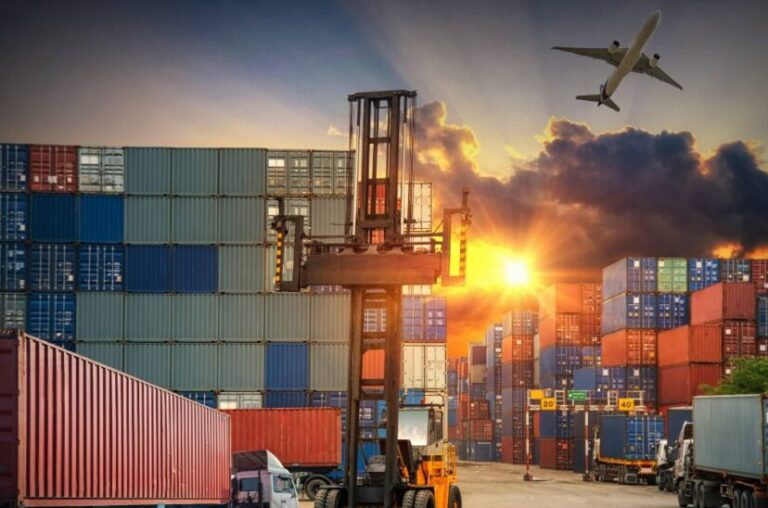World trade started 2025 with stability, but faces growing challenges. According to the UN Trade and Development (UNCTAD) Global Trade Update, in 2024 trade reached a record US$33 trillion, driven by developing economies and the dynamism of the services sector. However, evolving trade policies and geopolitical tensions could affect its resilience.

One of the main challenges is widening trade imbalances. While the US trade deficit widened, China strengthened its surplus and the European Union shifted to a positive balance due to changes in energy prices. This divergence in trade balances could generate friction and affect global stability.
Developing economies, especially in Asia and Latin America, remain key drivers of trade, but their growth has slowed. South-South trade is holding up, although Africa has seen a contraction in intra-regional trade. On the other hand, trade between Europe and Central Asia has declined, reflecting changes in demand and adjustments in supply chains.

The great challenge in 2025 will be to avoid economic fragmentation, with countries forming isolated trading blocs. To achieve this, it will be key for governments to adopt policies that foster cooperation and stability, minimizing the risks of protectionism and trade conflicts that could slow global growth.
The resilience of world trade will depend on strategic decisions at both the government and business levels. International cooperation and a balanced approach to trade policy will be key to maintaining dynamic global trade and avoiding negative impacts on the economy in the long term.

You may also be interested in







